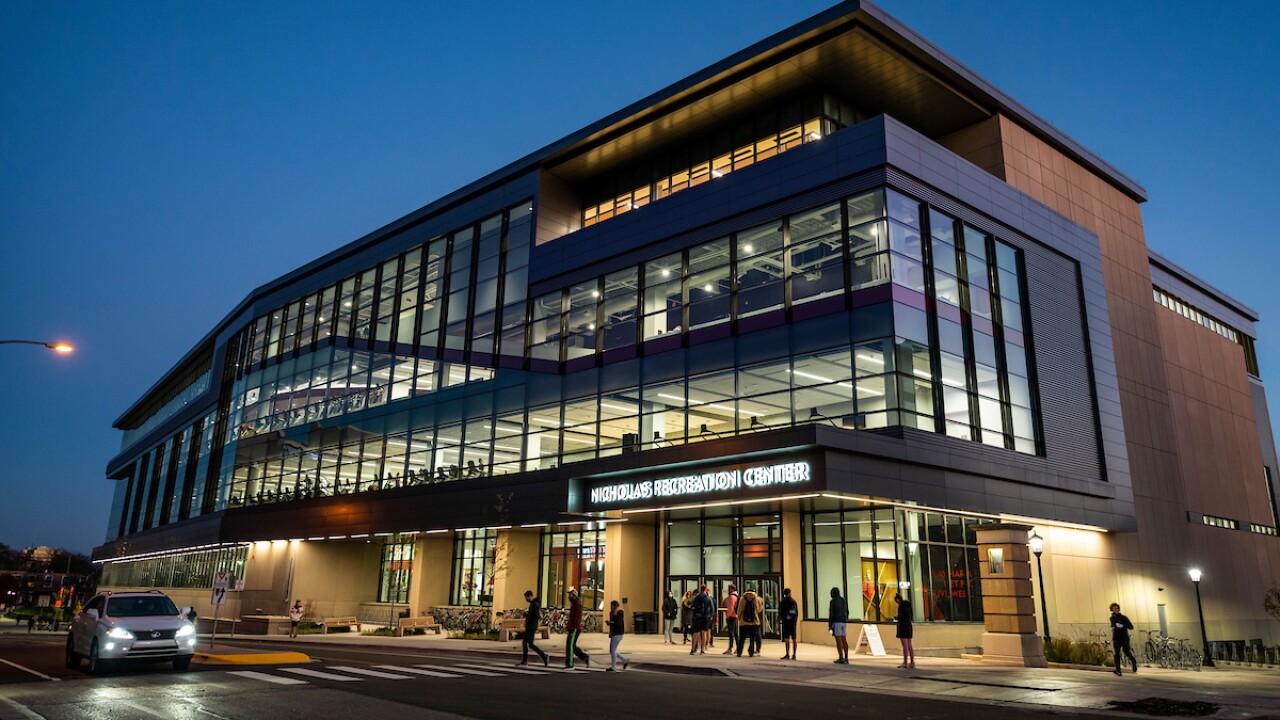
The U.S. Department of Transportation has nearly hit its private activity bond cap, a worrying sign for the hearty pipeline of public-private partnerships that rely on the financing tool.
"It's particularly ill-timed to start running short [of private activity bonds] with a pipeline that we've never seen be so large in a relatively short period of years," said Robert Poole, director of transportation policy at the Reason Foundation.
Poole and transportation groups like the American Association of State Highway and Transportation Officials are lobbying for Congress to increase or eliminate the PABs cap in the next surface transportation bill. Poole said lawmakers should also expand surface transportation PABs to airports and seaports.
Congress has already started to hold hearings on the next transportation package, which is due by October 2026, when the current bill expires. Lawmakers have said they'd like to have a draft by the end of the calendar year.
The DOT's Build America Bureau announced in April it had
The bureau has a strict $30 billion allocation cap. The ceiling was doubled, from $15 billion, as part of the Infrastructure Investment and Jobs Act in 2021.
"There's only $2.4 billion left," Poole said. "Assuming we get a bill within a year, it may be okay, but it could hold up projects or they may have to ask for less."
The rapid draw down of PABs proves how popular they are, said Poole.
"When PABs were first introduced [in 2005] it was considered an experiment and it took a decade or two before the first $15 billion was all allocated," Poole said. "The second $15 billion has gone much faster, and the pipeline that's coming on is just amazing."
If Congress does not lift or eliminate the PABs ceiling, it could choke the P3 pipeline, he warned. "It would certainly affect how the numbers pencil out and how financeable [the projects] are," he said. "It poses a problem in coming up with a final funding package that would be acceptable to the public and the private side."
Much of the P3 action is centered in the southeast. That includes the
The state of Tennessee is advancing four design-build-operate-finance-maintain P3s for new tolled express lanes that the
Louisiana is considering a revenue-risk P3 for a new bridge across the Mississippi River at Baton Rouge and a freight corridor dubbed the St. Bernard Transportation Corridor for the Port of New Orleans that's part of the port's new international terminal.
Elsewhere, potential projects include Virginia's express lanes to I-495 and Illinois' express lanes on I-55.
AASHTO's board approved on May 15 its recommendations to Congress for the next transportation bill and
PABs that have been allocated but not yet issued include $4 billion for Georgia's SR-400 express lanes and $424 million for Puerto Rico Toll Roads Monetization. Another $3 billion has been allocated for the Brightline West high-speed rail project.





